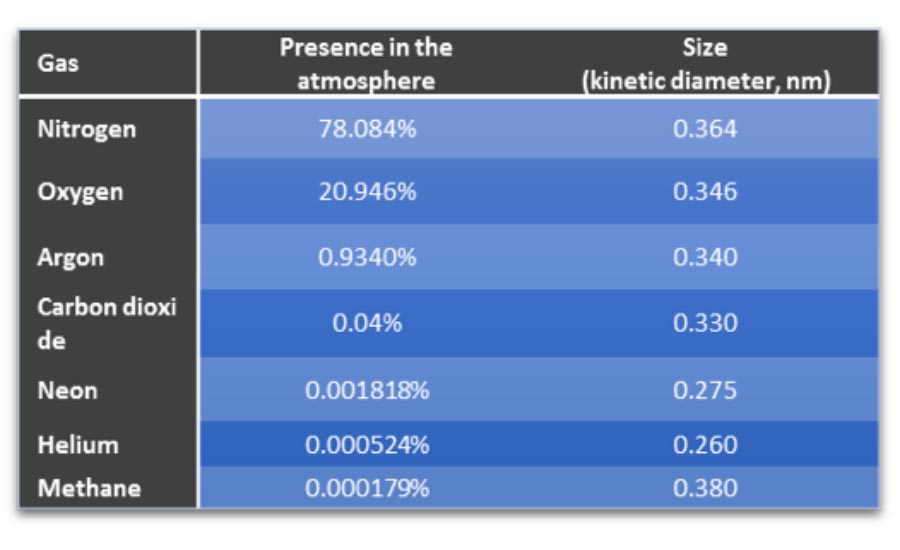

Pitt Cryogenics is able to provide the University community with research-grade recycled helium at rates greatly reduced from the virgin helium prices provided by outside vendors. To help minimize the impact on its researchers, the Dietrich School of Arts & Sciences at the University of Pittsburgh in partnership with the NSF invested in the creation of a helium recovery program and associated cost recovery center. The cost of research-grade helium has increased up to 400% from 2010 to 2013 in some regions since the federal government has started the process of selling off the Federal Helium Reserve. Helium is entirely nonrenewable, produced as a byproduct of certain mining operations, and once it is released it quickly escapes the Earth’s atmosphere. Helium is usually used in a once-through process where compressed liquid helium is inserted into a cryostat and gaseous helium, created as the liquid boils, is expelled into the atmosphere. In its liquid form, which boils at 4 Kelvin (or negative 452 Fahrenheit), helium is used to ensure superconductivity for high end scientific instrumentation in chemistry, biology, and medicine including magnetic resonance imagers (MRIs) and nuclear magnetic resonance spectrometers (NMRs), as well as for state of the art solid state research in physics and materials science. Evaluations of the resultant cold spray aluminum coatings deposited on ZE-41A magnesium alloy substrates were conducted using microstructural analysis, hardness, bond strength, and corrosion testing.Helium is a critical component of cutting edge research. Cold spray trials were performed using aluminum powders at different deposition conditions with both helium and nitrogen carrier gas. The cold spray repair has been shown to have superior performance in the tests conducted to date, is inexpensive, can be incorporated into production, and has been modified for field repair, making it a feasible alternative over competing technologies. Army Research Laboratory has developed a cold spray process to reclaim magnesium components that shows significant improvement over existing methods and is in the process of qualification for use on rotorcraft. Many of the parts cannot be reclaimed because there is not an existing technology that can restore them adequately for service. The most severe of these are associated with large and expensive transmission and gearbox housings for rotorcraft, which have to be removed prematurely because of corrosion. Army has experienced significant corrosion problems with magnesium alloys that are used to fabricate aircraft components.


 0 kommentar(er)
0 kommentar(er)
